Checklist For IT Leaders To Enable A Remote Workforce
Checklist For IT Leaders To Enable A Remote Workforce. The COVID-19 pandemic changed the world very quickly and took many businesses by surprise. For those companies still able to operate through the crisis it has meant many workers are now suddenly working remotely and not in the office.
Chief information officers have to oversee the sudden move to remote workforce and the challenges that arise from having entire workforces no longer working from traditional office environments, working from home as a result of shelter in place, lockdown or stay at home orders. The transition can be extremely complex.
Sometimes disruptions can happen when you least expect them which can affect your company’s ability to deliver the goods and services your customers need and negatively affect revenue.
CIOs are used to contingency planning for a range of scenarios, but enforced work from home for the entire organization for an indefinite period of time may not be one that they have prepared for. Ensuring that employees have the right systems and tools so they can work productively and securely at home is paramount, as is having the right tools for keeping remote employees connected.
How to enable a remote workforce
If you’re a CIO who has yet to transition the workforce to remote work, or if you want to be sure you’ve taken the most critical steps as part of your process to date and plan to make some refinements, we’ve prepared a checklist to help on your journey.
-
Conduct a thorough audit of your employees and their IT needs, Checklist For IT Leaders.
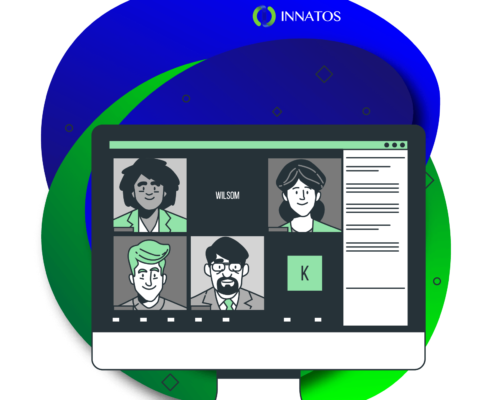 Before making the switch to remote work, it’s important to understand what roles can be done remotely, what roles will need some changes made to accommodate employee remote work, and what roles simply cannot be done offsite.
Before making the switch to remote work, it’s important to understand what roles can be done remotely, what roles will need some changes made to accommodate employee remote work, and what roles simply cannot be done offsite.
The leadership team of your organization will need to determine what critical functions of your company need to continue or if there are others that can wait until the crisis is over.
Next you should determine if your employees have the equipment they need to work from home:
- Do you have enough laptops?
- Do you need to purchase more equipment for employee remote access?
- Can your employees work from their own devices at home?
- Do they have internet access at home?
- Do they have voice communications available to them at home?
You will need to develop solutions depending on the results.
-
Review your software and adopt Software as a Service (SaaS) and Cloud Solutions.
 There are many Cloud-based productivity tools on the market that can help the staff in your company to work from anywhere and still collaborate with their teams and stay connected.
There are many Cloud-based productivity tools on the market that can help the staff in your company to work from anywhere and still collaborate with their teams and stay connected.
This includes tools like OneDrive, Teams, Slack and Microsoft Office 365 – all very effective for employee remote work.
Many of these solutions can be run on different types of devices. So if your employees only have a desktop computer in the office they can still access their work environment remotely from their own devices, including cell phones and tablets.
Shift your IT department’s spending focus to technologies that can be used for remote work such as virtual desktops, laptops and other portable devices, virtual private networks and multi-factor authentication.
-
Review your IT infrastructure capabilities, Checklist For IT Leaders.
When your company’s systems were set up, its likely that you didn’t do it expecting to suddenly have large volumes of remote traffic from employees working from home. Ascertain the maximum number of remote connections your network can sustain and then set parameters around it, such as a roster system for when staff can log on remotely
Having cloud-based applications employees can access without having to go through the company’s network will help to ease the burden posed by your remote workforce.
-
Establish an IT crisis management team, Checklist For IT Leaders.
As part of your overall business continuity efforts, its critical that you have an IT crisis management team (ITCMT) in place. They should be responsible for identifying and coordinating activities that ensure your business operations can continue, for example which sites will go remote and what technology your employees require to remain productive.
This team would also be involved in scenario planning to work through different outcomes that could impact on various stakeholders.
-
Security, Checklist For IT Leaders.
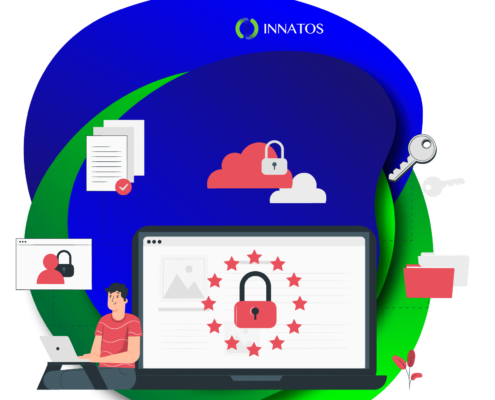 Review your network security measures and determine if there are any vulnerabilities that could be exposed with a transition to a remote workforce.
Review your network security measures and determine if there are any vulnerabilities that could be exposed with a transition to a remote workforce.
It’s important to educate and remind your employees about the need to be vigilant with their passwords and security credentials.
Cyber criminals are increasingly targeting organizations that are simultaneously dealing with COVID-19 related issues.
Employees should be reminded about what phishing is and what it could look like, as well as not clicking on suspicious links or opening attachments from unknown senders.
-
Develop and implement appropriate work from home policies.
When transitioning your workforce to a remote environment, it’s important to have an appropriate set of policies around working from home, outlining requirements and expectations across a range of areas from workplace health and safety through to acceptable IT use.
-
Determine how your organization will communicate with employees.
During times of crisis, employees need regular communications from management. They need to receive appropriate guidance to work from home effectively and extra measures put in place so that they stay engaged. Considering they are not physically at the office and are outside the corporate network, this task of keeping remote employees connected becomes even more challenging.
DeskAlerts internal notification system
 Consider the DeskAlerts cloud solution for internal communications enabling you to easily reach thousands of employees outside the office, no matter where they are located. With DeskAlerts cloud solution you can:
Consider the DeskAlerts cloud solution for internal communications enabling you to easily reach thousands of employees outside the office, no matter where they are located. With DeskAlerts cloud solution you can:
- Send messages to all employees simultaneously and be sure 100% of them are read even by people working from home.
- Send notifications literally from everywhere (no VPN connection needed).
- Receive notifications on any devices without additional adjustments (no VPN or reverse proxy is needed).
- Get prompt resolution of possible technical issues by our tech support team, even without your involvement.
- Reduce the company’s costs of owning and maintaining a Windows-based VM or a physical server.
The IT team will appreciate DeskAlerts cloud-based solution since they won’t need to spend time on the installation process and software updates – these are all done automatically.

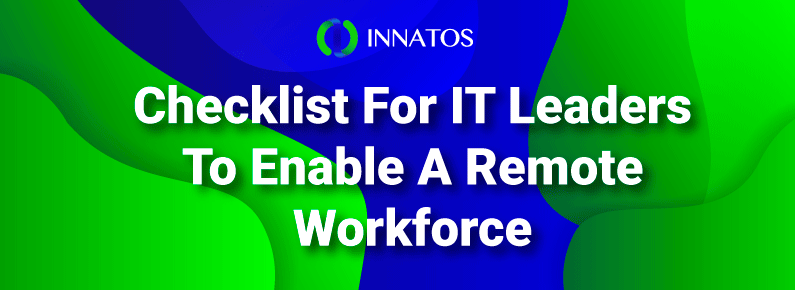


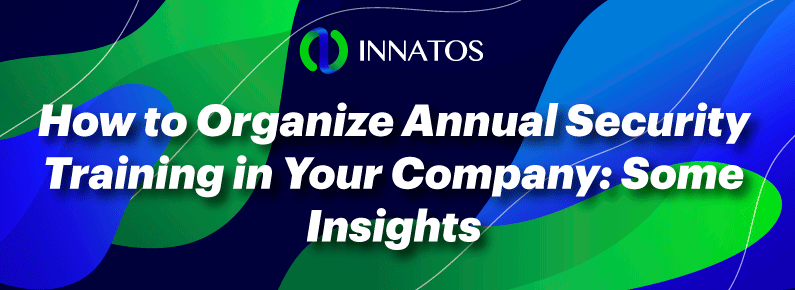

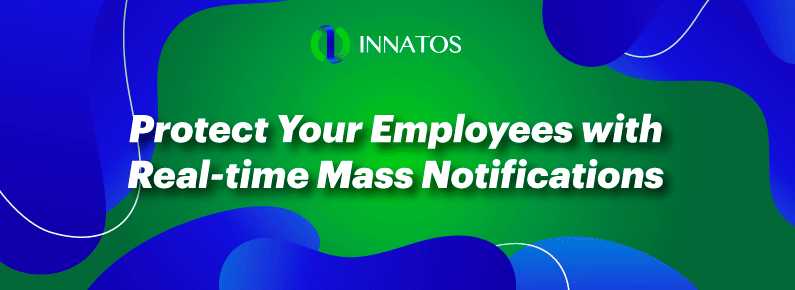


Leave a Reply
Want to join the discussion?Feel free to contribute!